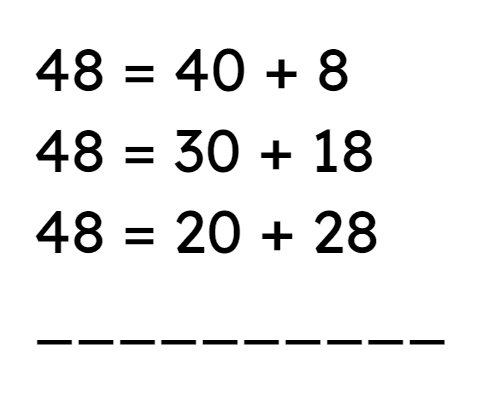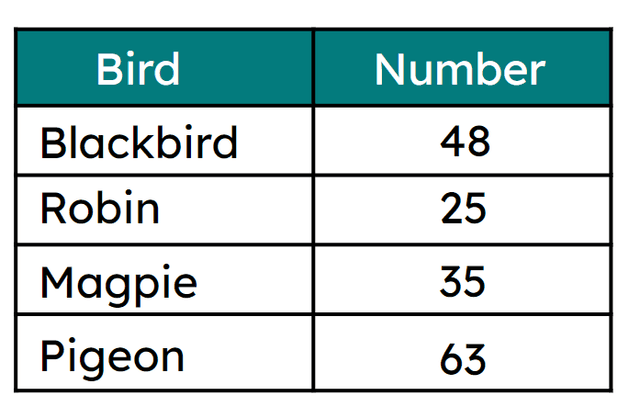Myths about teaching can hold you back
- Year 2
Use efficient strategies to solve problems
I can use efficient strategies to solve addition and subtraction problems.
- Year 2
Use efficient strategies to solve problems
I can use efficient strategies to solve addition and subtraction problems.
These resources were made for remote use during the pandemic, not classroom teaching.
Switch to our new teaching resources now - designed by teachers and leading subject experts, and tested in classrooms.
Lesson details
Key learning points
- Known facts can be used to help us solve equations and problems efficiently.
- Numbers can be partitioned to bridge ten to help us work efficiently.
- When equations are solved, it is important to choose a strategy that allows you to solve the problem efficiently.
Keywords
Strategy - A method used to solve a problem or equation.
Data - Another word for information.
Bar chart - A graphical display of data using bars of different heights; another name for a bar graphs.
Common misconception
When faced with problems, children may revert to using inefficient counting strategies instead of more efficient calculation strategies.
Record equation required to solve a problem, then explicitly discuss the most efficient strategy to solve it, drawing on prior knowledge and strategies such as use of known facts and the bridge ten strategy.
To help you plan your year 2 maths lesson on: Use efficient strategies to solve problems, download all teaching resources for free and adapt to suit your pupils' needs...
To help you plan your year 2 maths lesson on: Use efficient strategies to solve problems, download all teaching resources for free and adapt to suit your pupils' needs.
The starter quiz will activate and check your pupils' prior knowledge, with versions available both with and without answers in PDF format.
We use learning cycles to break down learning into key concepts or ideas linked to the learning outcome. Each learning cycle features explanations with checks for understanding and practice tasks with feedback. All of this is found in our slide decks, ready for you to download and edit. The practice tasks are also available as printable worksheets and some lessons have additional materials with extra material you might need for teaching the lesson.
The assessment exit quiz will test your pupils' understanding of the key learning points.
Our video is a tool for planning, showing how other teachers might teach the lesson, offering helpful tips, modelled explanations and inspiration for your own delivery in the classroom. Plus, you can set it as homework or revision for pupils and keep their learning on track by sharing an online pupil version of this lesson.
Explore more key stage 1 maths lessons from the Adding and subtracting ones and tens to and from 2-digit numbers unit, dive into the full primary maths curriculum, or learn more about lesson planning.

Licence
Prior knowledge starter quiz
6 Questions
Q1.67 can be partitioned in different ways. Match the multiple of 10 with another number that sums to 67
7
17
27
37
47
Q2.Which equation will come next in the pattern?

Q3.Which of these equations show that 92 has been correctly partitioned into three parts?
Q4.Which of these equations show that 55 has been correctly partitioned into three parts?
Q5.What is the missing addend in this equation? 74 = 40 + + 30
Q6.What is the missing addend in this equation? 38 = + 30 + 2
Assessment exit quiz
6 Questions
Q1.Alex’s sunflower is 5 cm shorter than Sam’s. What strategy can Alex use to find how tall his sunflower is?

Q2.There were 43 woodlice under a log. 8 woodlice crawled out. How many woodlice are left under the log? Which equation represents this problem?
Q3.I had 39 seeds in the packet and I put in 30 more. How many seeds do I have altogether? seeds
Q4.Look at the data in the table. There is a difference of 10 between two of the groups of birds. Which two groups of birds have a difference of 10?

Q5.Sam saw 5 more blackbirds to add to the total. How many blackbirds did Year Two see altogether?

Q6.Year Three saw 6 fewer pigeons than Year Two. How many pigeons did Year Three see?



